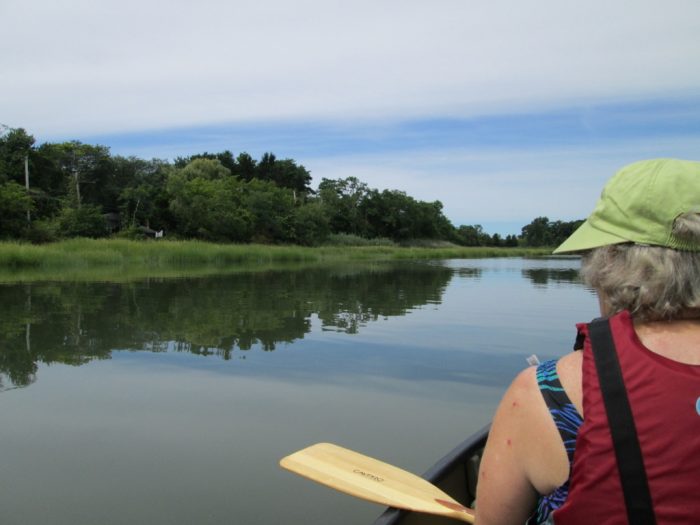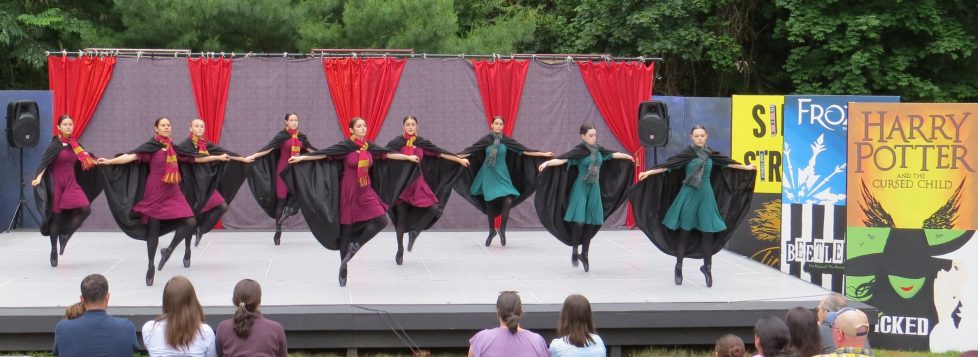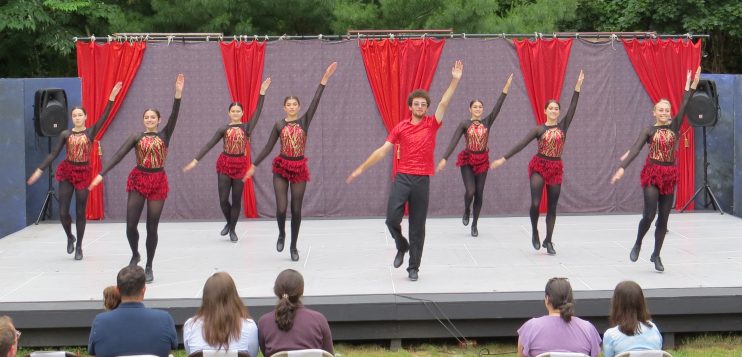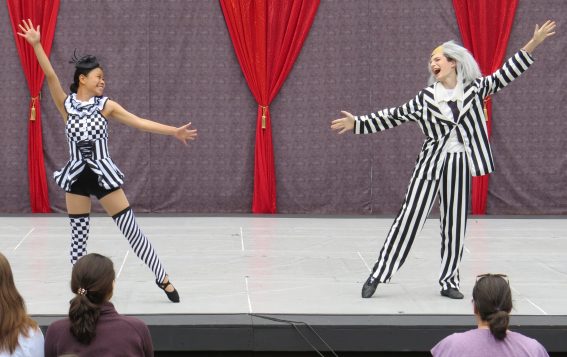“… by the assistance of a 355 [lady] of my acquaintance, shall be able to outwit them all.” (Abraham Woodhull to BenjaminTallmadge 15 August 1779 — The Washington Papers, Library of Congress)
BENJAMIN TALLMADGE, organizer and leader of the Revolutionary War Setauket spies, was born in Setauket in 1754. He was the son of the minister of the Setauket Presbyterian Church. The home where he was born is still standing in Setauket at the end of Runs Road. Tallmadge grew up in Setauket and attended school here with his close friend Abraham Woodhull.
When the Revolution began in 1775, Tallmadge enlisted in the Continental Army and by February 1777, he had been promoted to the rank of major. In the summer of 1778, General Washington appointed him head of his secret service and tasked Tallmadge with establishing an espionage network against the British in New York City. To conduct this vital undercover operation on Long Island, Tallmadge chose his boyhood friend Abraham Woodhull. Tallmadge and Woodhull chose other friends and neighbors from Setauket to assist them; men and women who could be trusted and who would prove to be so discreet in all their contacts that many of their identities would never be discovered.
ABRAHAM WOODHULL was a descendant of Richard Woodhull, an early Brookhaven Town leader and magistrate. He was born in 1750 on his family’s farm in Setauket, and he was a farmer by occupation. From the beginning of the Setauket Spies in 1778, Woodhull was in charge of day-to-day operations. His code name was Samuel Culper, and the spy operation came to be known as the Culper Ring. Woodhull was referred to as Samuel Culper Senior after he recruited Robert Townsend, who was given the code name Samuel Culper Junior. Not only did Woodhull direct field activities, but he also risked his life countless times by personally collecting information in New York and on Long Island.
Woodhull was responsible for evaluating the reports received from all sources, determining what was to go forward to Washington’s headquarters and seeing that the dispatches were carried across the Sound by Caleb Brewster. Woodhull’s health was poor, and he lived in constant fear of discovery. Despite his fears, Woodhull carried on his duties as a Patriot spy and in a 10 April 1779 letter to Tallmadge wrote, “… and rest assured that I endevour to collect and convey the most accurate and explicit intelligence that I possibly can. And hope it may be of some service toward alleviating the misery of our distressed Country, nothing but that could have induced me to undertake it. . .” (The Washington Papers, Library of Congress)
CALEB BREWSTER was perhaps the most bold and daring of the spies. After the August 1776 Battle of Long Island in Brooklyn, Brewster joined the Continental Army with the rank of a lieutenant of artillery.
In spite of his service designation, one of Brewster’s tasks throughout the war was to command a fleet of fast-sailing whaleboats, operating from the Connecticut shore against British and Loyalist shipping on Long Island Sound (known as the “Devil’s Belt”). Each whaleboat was about 30 feet in length, equipped with sails and oars, and with 12-15 fully armed men. This, together with his knowledge of the Long Island shoreline, his work as a mate on sailing ships, and his boyhood association with Benjamin Tallmadge, made him an ideal choice to carry intelligence back and forth across the Sound.
ANNA SMITH STRONG, great grand-daughter of Setauket’s Lord of the Manor William “Tangier” Smith, devised a wash line signal system, according to Morton Pennypacker in his book “George Washington’s Spies on Long Island and in New York,” published 1939, to identify for Abraham Woodhull the whereabouts of Caleb Brewster’s whaleboats, so Woodhull could find him and pass along messages for General Washington.
As detailed by Pennypacker and embellished by Strong family historian Kate Strong, to avoid detection by the British it was necessary for Brewster to hide his boat in six different places, each identified by a number. Nancy Strong, as she was known by friends and family, hung her laundry from the line in a code formation to direct Woodhull to Brewster’s location. A black petticoat was the signal that Brewster was nearby, and the number of handkerchiefs scattered among the other garments showed the meeting place. Using the most ordinary of personal items and improvising on the most ordinary of personal tasks, she made an extraordinary contribution to the Patriot cause. Kate Strong’s True Tales indicate her information was corroborated by scraps of paper, deeds and letters in her possession, as well as documents she saw or was told about by Pennypacker (True Tales, “In Defense of Nancy’s Clothesline,” 1969).
CAPTAIN AUSTIN ROE, as the courier later known as Long Island’s Paul Revere, was the member of the Setauket Spies most visible to the British and Tories in Brookhaven. Roe ran a tavern in East Setauket where food and drink were served and where travelers could stay overnight on their way to or from the east end of Long Island. The original location of the tavern (it was moved in 1936) was along what is now Route 25A, just west of Bayview Avenue. The site is marked by a state road sign which details a few of the most important facts about Austin Roe and the tavern.
Austin Roe used his position as a tavern owner to justify his 110-mile round trips. While in New York, Roe gathered supplies he needed for the tavern, and expensive materials and goods for Nancy Strong. These trips provided the cover he needed to obtain spy messages. Roe made numerous trips to Manhattan, sometimes as often as once a week. The roads were heavily traveled by British and Loyalist troops and by highwaymen (thieves and robbers). Roe would receive intelligence directly from Robert Townsend, the messages written in code or invisible ink. He would ride back to Setauket and pass the information to Abraham Woodhull.
ROBERT TOWNSEND (code name Samuel Culper, Jr.) coordinated the efforts of the spy network in New York. We will probably never know all the spies who contributed information on British movements, but we do know that Townsend, a resident of Oyster Bay before and after the Revolutionary War, was the principal contact in New York for most of the period between June 1779 and November 1783.
The valuable intelligence transmitted by the spies led to the capture of Major Andre, who was hanged as a spy on orders of General Washington, and the discovery of Benedict Arnold’s plot to turn over West Point to the British. The Culper Spy Ring also supplied Washington with information that enabled him to prevent the British from attacking the French army and navy after they arrived in Newport, Rhode Island, in July 1780 to support General Washington. The most important contribution of the Culper Spy Ring was to provide General Washington with accurate and detailed intelligence. In many instances, Washington was able to check the veracity of information received from other sources by comparing it with intelligence received from the Culper Spy Ring.
Beverly C. Tyler is Three Village Historical Society historian and author of books available from the society at 93 North Country Road, Setauket. For more information, call 631-751-3730 or visit www.tvhs.org.



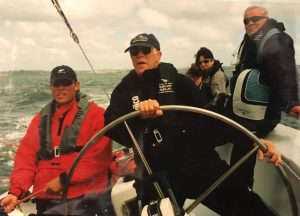
 A special section focuses on the author’s grandfather, Captain Beverly Swift Tyler, who was a ship captain, boat builder, racing sailor, and boarding house owner. This unique and personal inclusion further brings to life the living history element of the writer’s undertaking.
A special section focuses on the author’s grandfather, Captain Beverly Swift Tyler, who was a ship captain, boat builder, racing sailor, and boarding house owner. This unique and personal inclusion further brings to life the living history element of the writer’s undertaking.